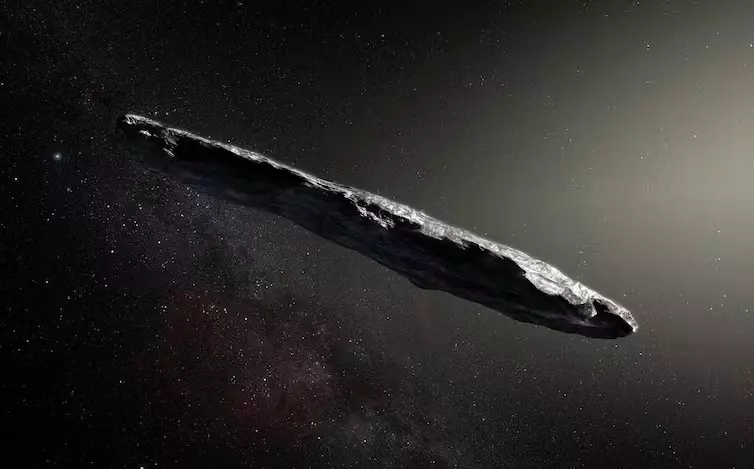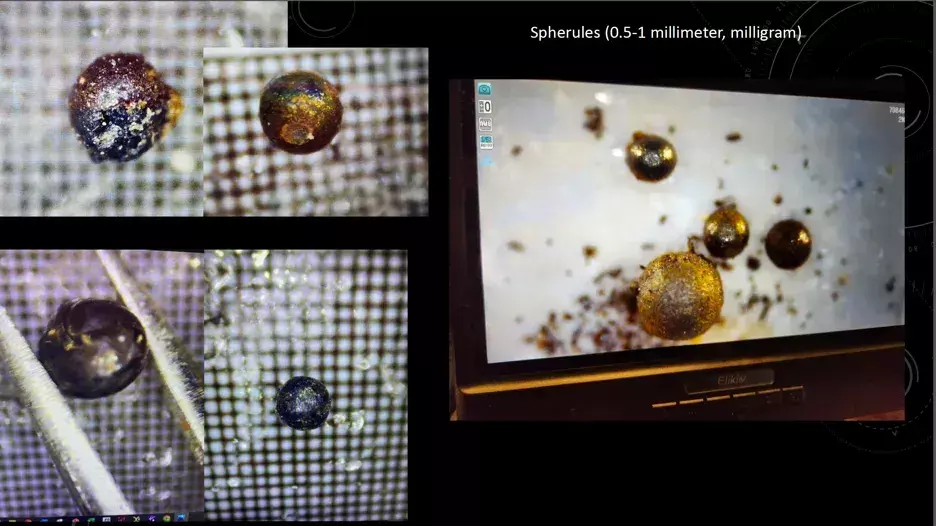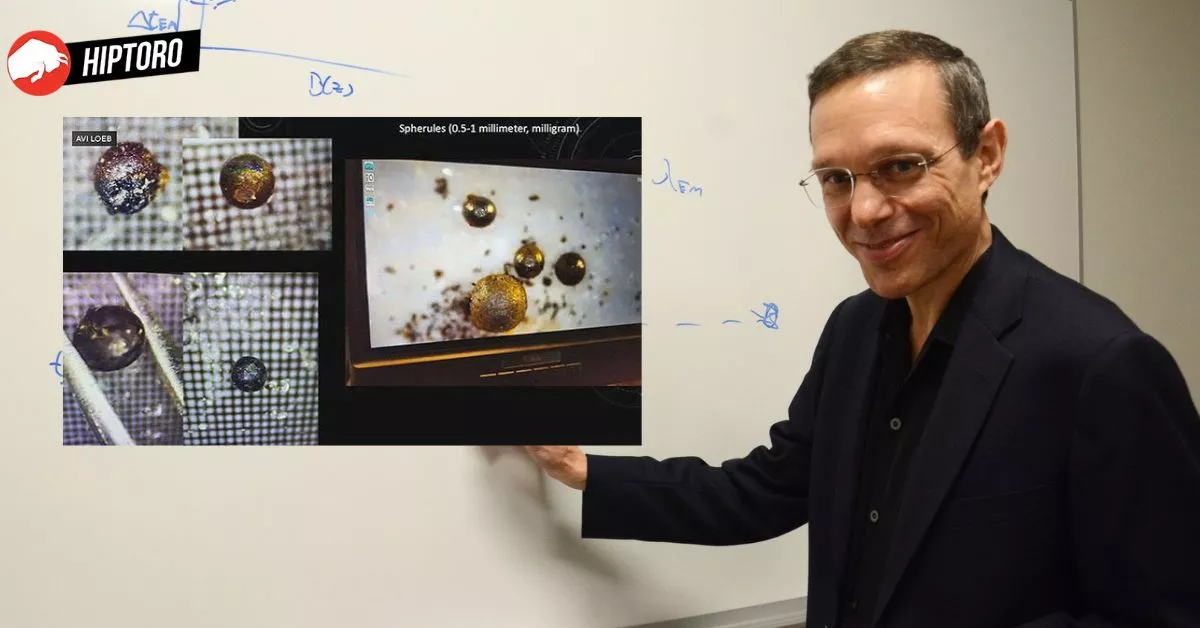Avi Loeb, a noted Harvard professor, believes that he has discovered remnants of alien technology. This potential discovery came from a meteor that made its terrestrial touchdown in the waters surrounding Papua, New Guinea in 2014.

Harvard Professor Claims More Aliens Will Be Visiting Earth In Future
In his book titled Extraterrestrial: The First Sign of Intelligent Life Beyond Earth, Harvard professor, Avi Loeb claimed that an alien technology entered into our solar system which many might have believed to be a space rock. He goes in-depth to explain how he and his team scoured through the area to examine the “alien trash.”
On September 9, the object reached its closest point to the sun. Towards the end of the month, it zoomed past Venus’ orbital distance at a speed of approximately 58,900 miles per hour. On October 7, it also swiftly passed by Earth before continuing its journey towards the direction of the Pegasus constellation and beyond.

Loeb and his dedicated team managed to retrieve these intriguing materials and transported them back to Harvard for thorough analysis. Following a comprehensive review, the U.S. Space Command has authenticated the materials’ origin with a staggering certainty of 99.999%. They affirm that these fragments are likely from a foreign solar system. Furthermore, the government pinpointed a radius of 10 km (or 6.2 miles) where the meteor might have landed.
“That is where the fireball took place, and the government detected it from the Department of Defense. It’s a very big area, the size of Boston, so we wanted to pin it down. We figured the distance of the fireball based off the time delay between the arrival of blast wave, the boom of explosion, and the light that arrived quickly.”
Thanks to their meticulous calculations, the team succeeded in charting a potential trajectory for the meteor. Intriguingly, this projected path coincided perfectly with a 10 km range previously outlined by the U.S. government. The leading Harvard professor and astronomer, Loeb, and his dedicated team embarked on an exciting expedition aboard a vessel named the Silver Star.
The ship meticulously navigated the projected path of the meteor, making numerous passes along and around the anticipated trajectory. In their innovative pursuit of knowledge, the researchers ingeniously scoured the ocean floor by attaching a sledge brimming with magnets to their boat.
The Harvard professor further explained that they discovered 10 spherules and some of them looked like “Earth miniatures.”
“We found ten spherules. These are almost perfect spheres, or metallic marbles. When you look at them through a microscope, they look very distinct from the background. They have colors of gold, blue, brown, and some of them resemble a miniature of the Earth.”

He further expanded on the spheres and their characteristics. Loeb claimed that these particles were pieces from extraterrestrial technological gadgets.
“It has material strength that is tougher than all space rock that were seen before, and catalogued by NASA. We calculated its speed outside the solar system. It was 60 km per second, faster than 95% of all stars in the vicinity of the sun. The fact that it was made of materials tougher than even iron meteorites, and moving faster than 95% of all stars in the vicinity of the sun, suggested potentially it could be a spacecraft from another civilization or some technological gadget.”
Imagine a caveman encountering a cell phone. Having spent his life surrounded by rocks, wouldn’t he mistake it for a shiny stone? This analogy was proposed by Avi Loeb, the Chair of Harvard’s Department of Astronomy. The Harvard professor embraced a remarkable theory: the mysterious object wasn’t just another cosmic rock but potentially discarded technology from an extraterrestrial civilization. This conclusion was derived from a series of unusual attributes observed in the object.
The first peculiar characteristic was ‘Oumuamua’s dimensions. Astronomers observed its sunlight reflection patterns, and noted a tenfold variation in brightness every eight hours, indicating a complete rotation within that period. This data led scientists to infer that the object was five to ten times longer than it was wide, akin to a cigar’s shape. This was a novelty; no other naturally occurring space body seen before exhibited such a unique form.
“‘Oumuamua’s geometry is more extreme by at least a few times in aspect ratio — the ratio of its width to its height — than the most extreme asteroids or comets we have ever seen,” Loeb elaborates in his book.
Furthermore, ‘Oumuamua displayed unusual brightness, reflecting sunlight ten times more than typical solar system asteroids or comets. Loeb described its surface as resembling shiny metal.
However, the most compelling anomaly that nudged Loeb towards his alien tech hypothesis was ‘Oumuamua’s unique movement pattern.
“The excess push away from the sun was the final straw,” he explained. Scientists can predict an object’s path and velocity based on the gravitational force exerted by the sun. As an object approaches the sun, it accelerates due to the increasing gravitational pull and then decelerates as it moves away.
Loeb stated that his book aims to serve as a catalyst, urging individuals to gather more concrete data when they encounter an object that deviates from the norm.
He confidently asserted,
“If we stumble upon another such anomaly and manage to capture an image that resembles a light sail, I don’t believe there will be any room left for scepticism.”









